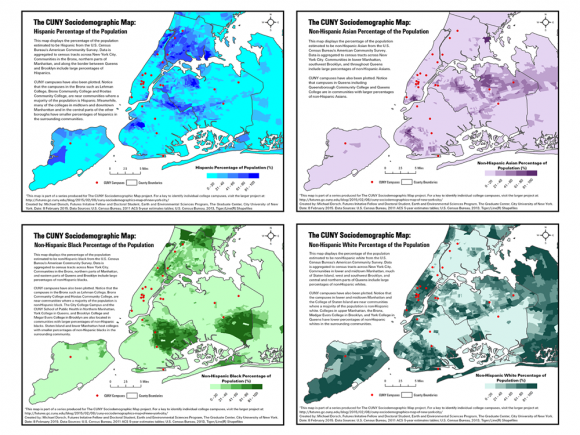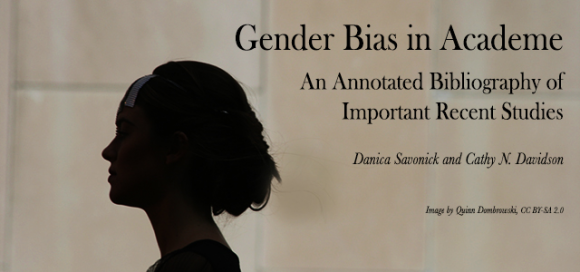Research Ecosystems & Postgraduate Pathways
A major component of the Futures Initiative will be the development of a research project to examine research ecosystems and postgraduate pathways. We will investigate the changing career opportunities available for PhDs as well as the impact those changes have on research within and beyond the academy.
Academic research in all disciplines is affected by the career decisions that emerging scholars make. The increasing reliance on contingent labor, the appeal of industry jobs for scientists and technologists, and the growing importance of public engagement all affect the future of academic research, undergraduate teaching, and mentorship. However, the impact of adjunct labor is typically examined separately from other factors related to career choice, and most existing research elides the ways that these elements play out differently in various fields.
At the Futures Initiative, we recognize that all of these factors—adjunctification, increasing emphasis on industry and “alternative academic” careers, and the growing importance of public engagement—all affect one another and cannot be fully understood in isolation. We hope that by examining these complex question in relation to one another and across disciplines, we will be able to see patterns that are not apparent when focusing on a smaller subset of the academic landscape.
The CUNY Sociodemographic Map of New York City
In line with our core mission to advance greater equity and innovation in higher education, the Futures Initiative has undertaken a long-term research project of creating the “CUNY Map of NYC,” a series of student-researched and designed maps that demonstrate key aspects of the City University of New York (CUNY) as a consortium of diverse higher education institutions and, in particular, that document CUNY’s relationship to and impact upon New York City. The first of these maps is “The CUNY Sociodemographics Map of NYC,” a sociodemographic analysis of the communities closest to CUNY’s campuses. The twofold purpose is, first, to see the characteristics of people who are in walkable distance (defined as one mile from campus) and, second, to compare community characteristics with college population characteristics, as based on enrollment data from the CUNY Office for Institutional Research and Assessment.
key aspects of the City University of New York (CUNY) as a consortium of diverse higher education institutions and, in particular, that document CUNY’s relationship to and impact upon New York City. The first of these maps is “The CUNY Sociodemographics Map of NYC,” a sociodemographic analysis of the communities closest to CUNY’s campuses. The twofold purpose is, first, to see the characteristics of people who are in walkable distance (defined as one mile from campus) and, second, to compare community characteristics with college population characteristics, as based on enrollment data from the CUNY Office for Institutional Research and Assessment.
This project is split into multiple parts looking at different sociodemographic characteristics of neighborhoods across New York City in relation to the impact CUNY has on those communities. Part I: Race and Ethnicity has already been published. This section of the project looks at how racial and ethnic composition of the communities living in close proximity to CUNY campuses compares with CUNY student enrollment numbers from the CUNY Office of Institutional Research and Assessment.
Gender Bias in Academe: An Annotated Bibliography of Important Recent Studies
As part of the Futures Initiative goal of advancing equity in higher education, Futures Initiative Directory Cathy N. Davidson and Research Fellow Danica Savonick have compiled an annotated bibliography of important studies documenting gender bias in higher education. In addition to summarizing the findings of major studies in the social sciences, the bibliography includes talking points, recommendations for administrators, and a call for additional citations. In order to materialize a more just and equitable future, even beyond academe, we must attend to the ways in which long histories of prejudice against women and people of color haunt the present, oftentimes through the unconscious influence of bias in hiring and evaluation. Follow up parts of this research project will deal with economics, poverty, and educational attainment in communities near CUNY campuses and will discuss some of the impacts of living near CUNY campuses on community life.


